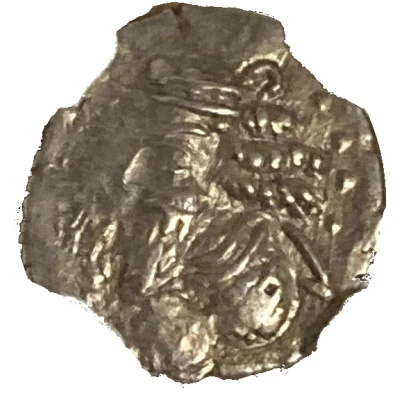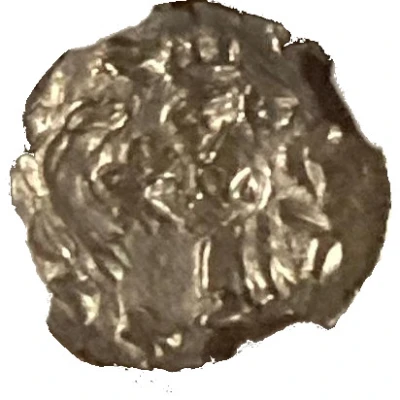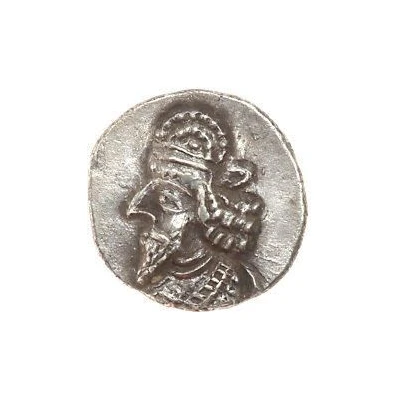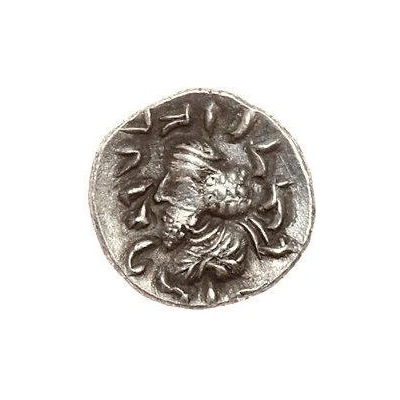


© Bruun Rasmussen Kunstauktioner
Obol - Uncertain King II
| Silver | 0.37 g | - |
| Issuer | Kingdom of Persis (Persian Empires) |
|---|---|
| King | Unknown king II (Late 1st-century AD) |
| Type | Standard circulation coin |
| Years | 70-100 |
| Value | Obol (⅙) |
| Currency | Chian-Rhodian drachm |
| Composition | Silver |
| Weight | 0.37 g |
| Shape | Round (irregular) |
| Technique | Hammered |
| Demonetized | Yes |
| Updated | 2024-10-10 |
| Numista | N#416976 |
|---|---|
| Rarity index | 100% |
Reverse
Script: Aramaic
Interesting fact
One interesting fact about the Obol coin from the Kingdom of Persis is that it was used as a form of currency during a time of great cultural and economic exchange between the Persian Empire and other civilizations, including the Roman Empire. The Obol coin was first introduced during the reign of King Ardashir I (224-242 CE) and was used until the fall of the Sassanian Empire in 651 CE. It was made of silver and weighed 0.37 grams, making it a valuable and widely accepted form of currency during its time.



